Asif A. Siddiqi
Beyond Earth
A Chronicle of Deep Space Exploration, 19582016
by
Asif A. Siddiqi

National Aeronautics and Space Administration
Office of Communications
NASA History Division
Washington, DC 20546
NASA SP-2018-4041
Library of Congress Cataloging-in-Publication Data
Names: Siddiqi, Asif A., 1966 author. | United States. NASA History Division, issuing body. | United States. NASA History Program Office, publisher.
Title: Beyond Earth : a chronicle of deep space exploration, 19582016 / by Asif A. Siddiqi.
Other titles: Deep space chronicle
Description: Second edition. | Washington, DC : National Aeronautics and Space Administration, Office of Communications, NASA History Division, [2018] | Series: NASA SP ; 2018-4041 | Series: The NASA history series | Includes bibliographical references and index.
Identifiers: LCCN 2017058675 (print) | LCCN 2017059404 (ebook) | ISBN 9781626830424 | ISBN 9781626830431 | ISBN 9781626830431?q(paperback)
Subjects: LCSH: Space flightHistory. | PlanetsExplorationHistory.
Classification: LCC TL790 (ebook) | LCC TL790 .S53 2018 (print) | DDC 629.43/509dc23 | SUDOC NAS 1.21:2018-4041
LC record available at https://lccn.loc.gov/2017058675
Original Cover Artwork provided by Ariel Waldman
The artwork titled Spaceprob.es is a companion piece to the Web site that catalogs the active human-made machines that freckle our solar system. Each space probes silhouette has been paired with its distance from Earth via the Deep Space Network or its last known coordinates.
 This publication is available as a free download at http://www.nasa.gov/ebooks.
This publication is available as a free download at http://www.nasa.gov/ebooks.

For my
beloved father
Dr. Hafiz G. A. Siddiqi
Whose achievements I can only hope to emulate
Contents
Preface
J anuary 31, 1958 marked a significant beginning for space exploration. More than the historic and successful launch of Explorer 1, the first U.S. satellite, it was the beginning of an unprecedented era of exploration and understanding of our own planet and the distant worlds beyond. The more we uncover about the mysteries and beauty of space, the more we are inspired to go farther. Yet, with all we have learned, we still cannot even imagine what future generations will find.
Spacecraft from NASA and others have shown us the intricacies within clouds and terrain of distant planets that were only a dot in an astronomers telescope a few decades ago. We have seen the birth of stars, black holes, and found exoplanets orbiting stars in systems remarkably similar to ours. Future missions will take us forward in history, as we seek to uncover the very origins of our universe.
We may not know precisely whator whowe will find out there, but we can be sure that space exploration will continue to surprise and inspire us, as it did for those who came before and those who will follow. Along the way there will be missteps, some more devastating than others. That is the price of doing whats never been done beforea price that sometimes is tragically paid at the highest cost by the courageous. But like those early days of the space program, we are as motivated to succeed by the missions that do not make it as those that do. And we learn from them, coming back stronger and smarter.
In this book, the history of NASAs six decades of exploration beyond Earth and its Moon to other planets and their moons is laid out. The story follows spacecraft to the Sun, comets, minor and dwarf planets and, ultimately, beyond our solar system. As we marvel at the ingenuity of the early pioneers of the Space Age, we realize how much they achieved with what, comparatively, was so little. Computers were human, and when the machines did take over calculations, they also took up entire rooms with processing capability less than smartphones in your pockets today.
Yet some of NASAs greatest achievements took place during this period: Mariner IV, which took the first pictures of the surface of Mars in 1965; the global view of Mars from Mariner 9 in 1971; and the Viking landers of the 1970s, which executed the first planetary soft-landings of American spacecraft. The crowning achievements of Americas mid-century robotic space exploration were the Pioneer and Voyager missions which were sent to the far boundaries of our solar system using early 1970s technology. As this is being written, Voyager 1 and Voyager 2 continue to send us data from beyond the outer planets from the boundary region of the Suns sphere of influence, the heliosphere. But space does not belong to the United States alone. We have evolved from the earliest days of the Space Race, when being first brought serious geopolitical consequences, to our current era of international partnerships that have taken us farther together than we could have gone alone.
In the modern era of exploration, which itself will look outdated in a generation, we have discovered the extraordinary rings and moons of Saturn with NASAs Cassini spacecraft and the Huygens lander built by the European Space Agency. We marvel at images of the swirling storms on Jupiter sent back to Earth by our Juno mission. And we constantly find new science from the Curiosity rover thats been trekking across the surface of Mars for more than five years.
Our robotic emissaries have made tremendous journeys over the past six decades. They carry the vision and inspiration of humankind beyond our physical ability to make the tripyet. This book celebrates the extraordinary men and women who have looked up and wondered whats out there and then found the answer. In only 60 years, our technology has evolved from a simple, modified Geiger counter launched into Earth orbit to sublime technologies sending full-color, high-resolution images and data from the edge of the universe. The next 60 should be exponentially rewarding.
Dr. Thomas H. Zurbuchen
NASA Associate Administrator at Science Mission Directorate
Introduction
H umans abandoned their nomadic habits and moved into settlements about 40 to 50 thousand years ago. We have been using tools even longer. But our ability to send one of our tools into the heavens is of much more recent origin, spanning only the past 60 years. Yet, in that time, we have created new toolswe call them robotic spacecraftand sent them into the cosmos, far beyond Earth. Of course, many never got very far. Thats the cost of hubris and ambition. But most did. And many never came back to Earth and never will. In that sense, we as a species have already left a mark on the heavens; these small objects that dot the cosmos are a permanent legacy of our species, existing for millions of years, even if we as a planet were to disappear. This book that you hold in your hands (or are reading in digital form) is a chronicle of all these tools, both failed and successful, that humans have flung into the heavens beyond Earth.


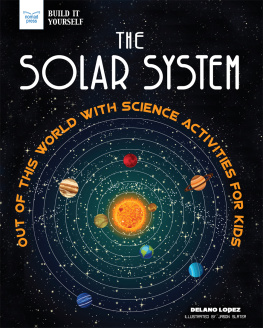
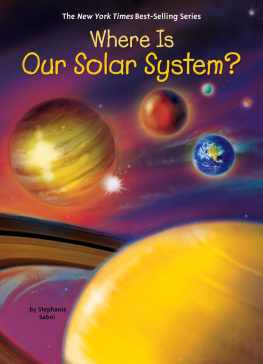

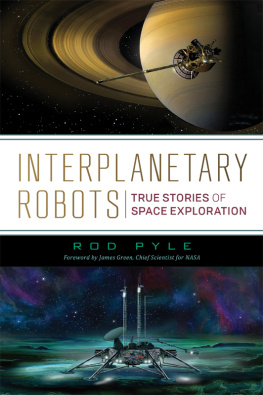
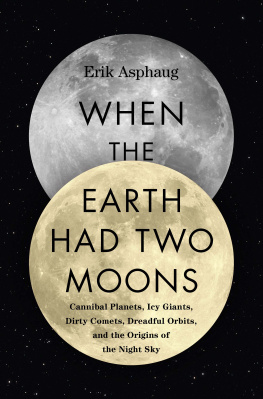
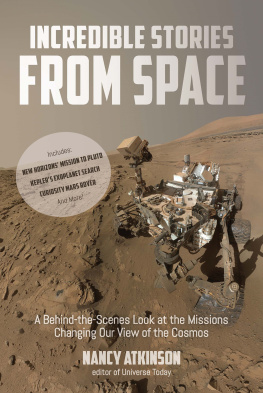

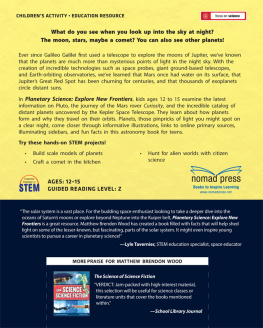


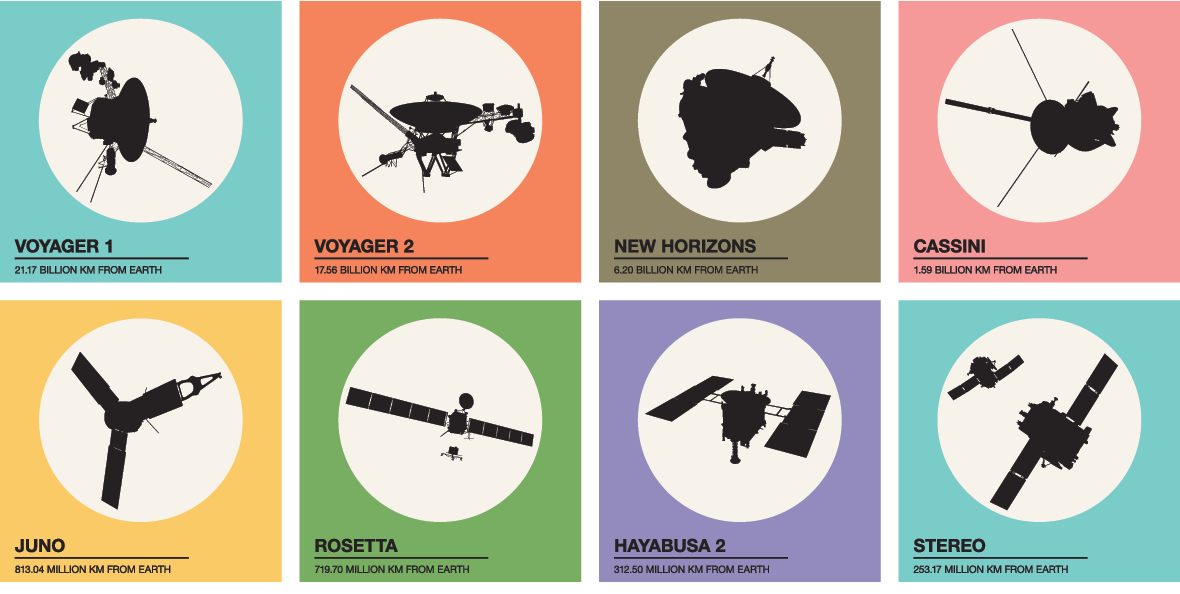


 This publication is available as a free download at http://www.nasa.gov/ebooks.
This publication is available as a free download at http://www.nasa.gov/ebooks.